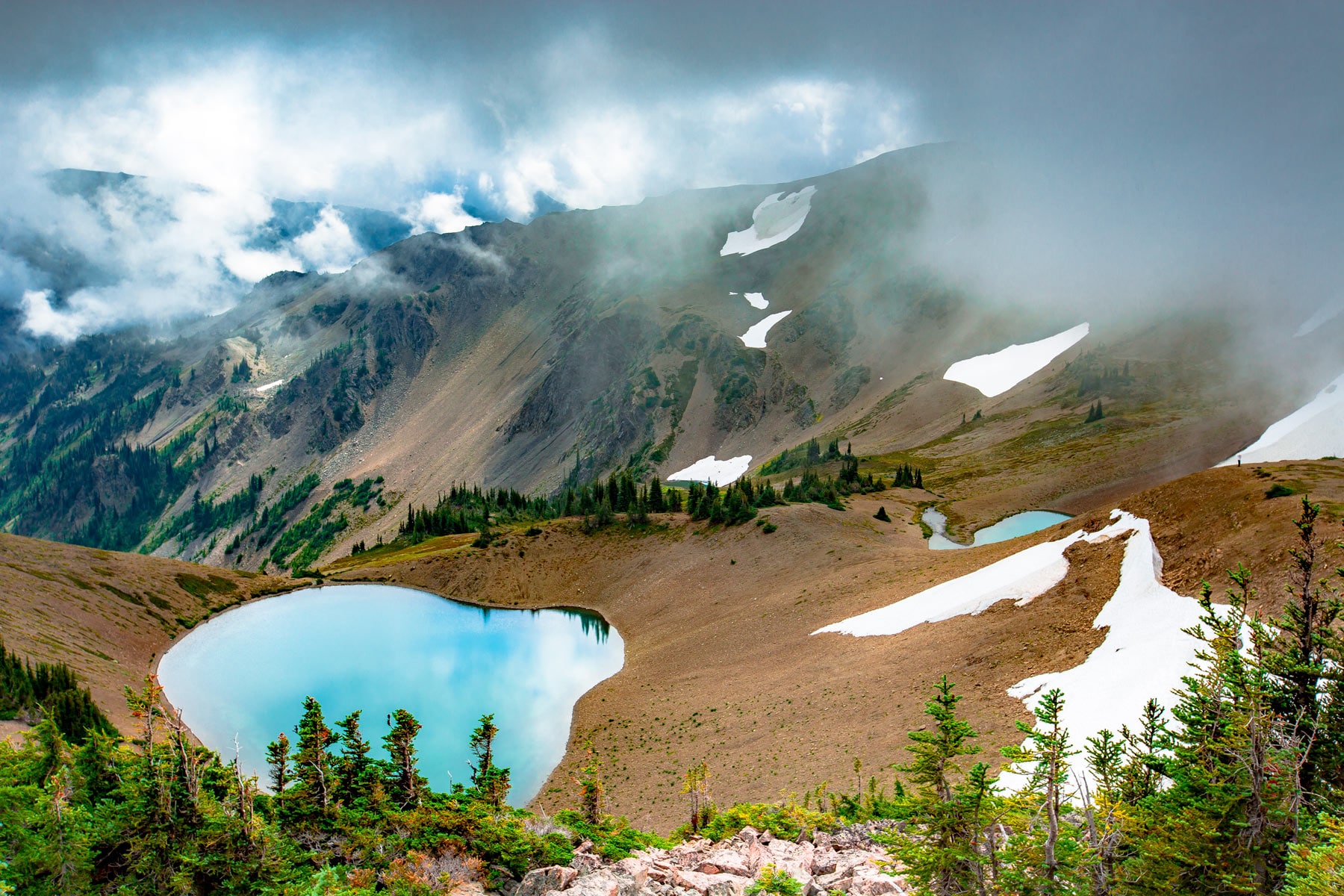
Article Overview: Olympic National Park Guide
Earlier this year we ranked Olympic National Park as the best national park in America. You might say I have somewhat of a park crush here but it’s there for a reason – this park is like no other in the world.
Olympic National Park is the most diverse national park in America, hands down. This park has everything from lowland forests, glaciated mountain ranges, pristine alpine lakes, sparkling rivers, temperate rain forests (the largest in North America), iconic wildlife, and over 50 miles of rugged wilderness coastline!
Oh, and it’s a stones throw from Seattle! Olympic National Park truly has it all and without the crowds that have become so insidious in other US national parks in recent years – which is why we rank this Pacific Northwest gem as the best national park in America.
About My Travels to Olympic National Park
My brother Jim and I first visited Olympic National Park back in 2014 along with a good friend to set about creating a film that captured the park’s essence. This was actually the beginning of our More Than Just Parks series.
We spent three weeks living in the park, hiking nearly every major trail and exploring every corner of the park. It was magical.
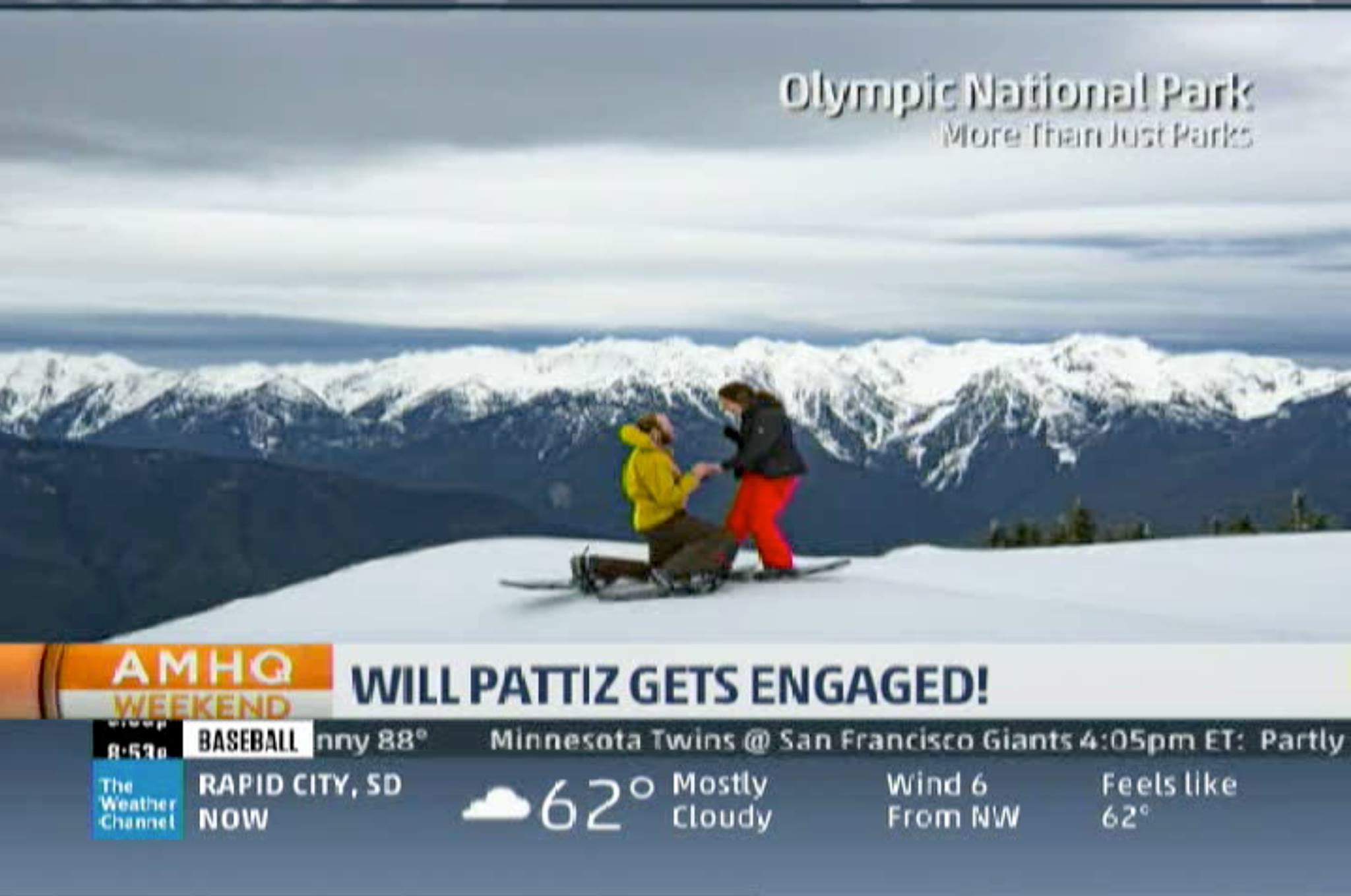
In fact, I loved the park so much that I returned a few years later and proposed to my wife on top of Hurricane Ridge. The next time my brother and I appeared on the The Weather Channel we did a segment on the park featuring the above photo.
All this is to say if you’re looking to learn everything and anything about Olympic National Park – where to go, what to see, things to do, secret spots, and much more – you’ve come to the right place.
Ready to start planning? Let’s go!
Olympic National Park Guide
Table of Contents
Table of Contents
About Olympic National Park
Located in the northwestern-most corner of the lower 48 states, Olympic National Park encompasses nearly a million acres of an incredible diversity of terrain. The park is comprised of glaciated mountain peaks, old-growth temperate rain forest, lush river valleys and over seventy miles of wilderness coast – all within a day’s drive.
Wildlife abounds in Olympic with a grand array of wildlife species. Some of the most notable (or at least beloved by park-goers) include sea otters, black bears, olympic marmots, elk, deer, mountain lions, orcas, and so many more.
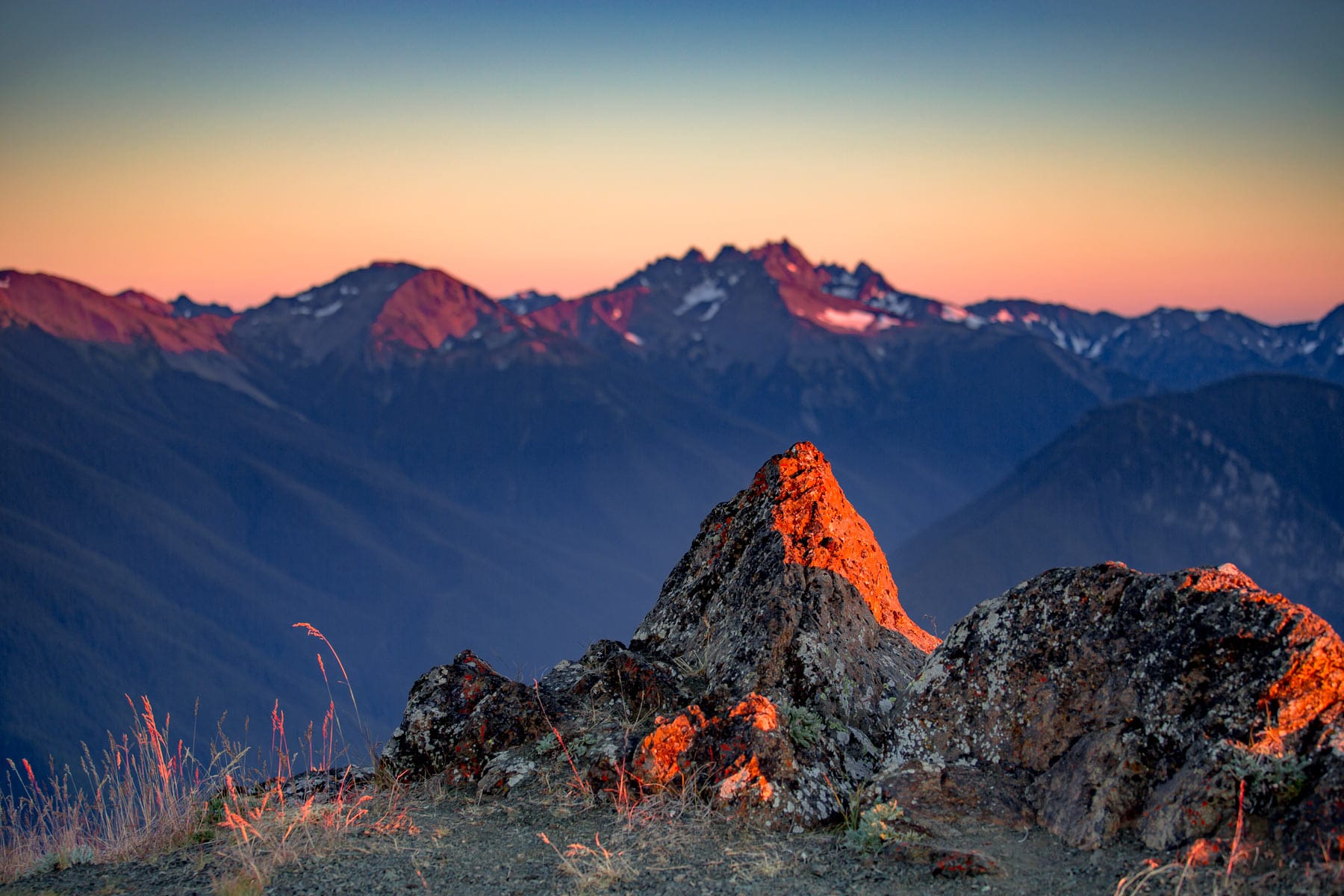
Things to Know Before Visiting Olympic National Park
Entrance Fees
$30 per vehicle OR if you plan to visit more National Parks within the next 12 months I suggest you go ahead and purchase the America the Beautiful Pass (which can be found at the entrance gates to most national parks). This pass gets you into all National Parks, Forests, Monuments, and more including 2,000 sites for free after a one time $79 fee.
Sunscreen
Use it. Lots of it. Especially this one which I never leave the house without because it plays nice with our dear friend, earth 🙂
Gas
Fuel up fully before you get into the park. Drive times are longer than you might assume because there are no through roads. Drive times from popular destinations can be 3+ hours apart. More on drive times below.
Cell Service
Cell Service is spotty in the park at best so be prepared to go without. Verizon works better than AT&T.
Guide Book
The Best Guide Book for Olympic National Park is this one which we’ve marked up and highlighted quite a bit.
Map
The Best Map: I like this map best for Olympic National Park.
Water
Drink it. Lots of it. Don’t forget it in the car.
Best Time to Visit Olympic National Park
The Best Time to Visit Olympic National Park is during the Summer when temperatures are warm, and the wildflower meadows are exploding with kaleidoscopic colors. For peak wildflower viewing I recommend the first couple of weeks in August.
Where to Stay at Olympic National Park
Visiting Olympic National Park? If you haven’t decided where to stay (yet) here’s our favorite hotel in Olympic National Park.
Details About Olympic National Park
Location: Port Angeles, Washington
Established: June 29, 1938
Size: 922,650 acres
Native Land: Skokomish, Quinault, Hoh, Makah, Port Gamble S’Klallam, Jamestown S’Klallam, Lower Elwha Klallam Quileute
Visitors: 2,499,177 (2020)
Entrance Fees: $30 per vehicle; $55 annual pass (or $80 for America the Beautiful Pass)
Olympic National Park History
The saving of Olympic is a story, like many other national park stories, that revolves around Roosevelts. Originally set aside by Theodore Roosevelt in 1922 as Mount Olympus National Monument, it was eventually re-designated as Olympic National Park by Teddy’s cousin, Franklin Roosevelt 15 years later in 1938.
In 1995 the majority of the park was again re-designated to the tune of 95% as wilderness (the highest level of protection the federal government offers public lands).
Olympic National Park Map
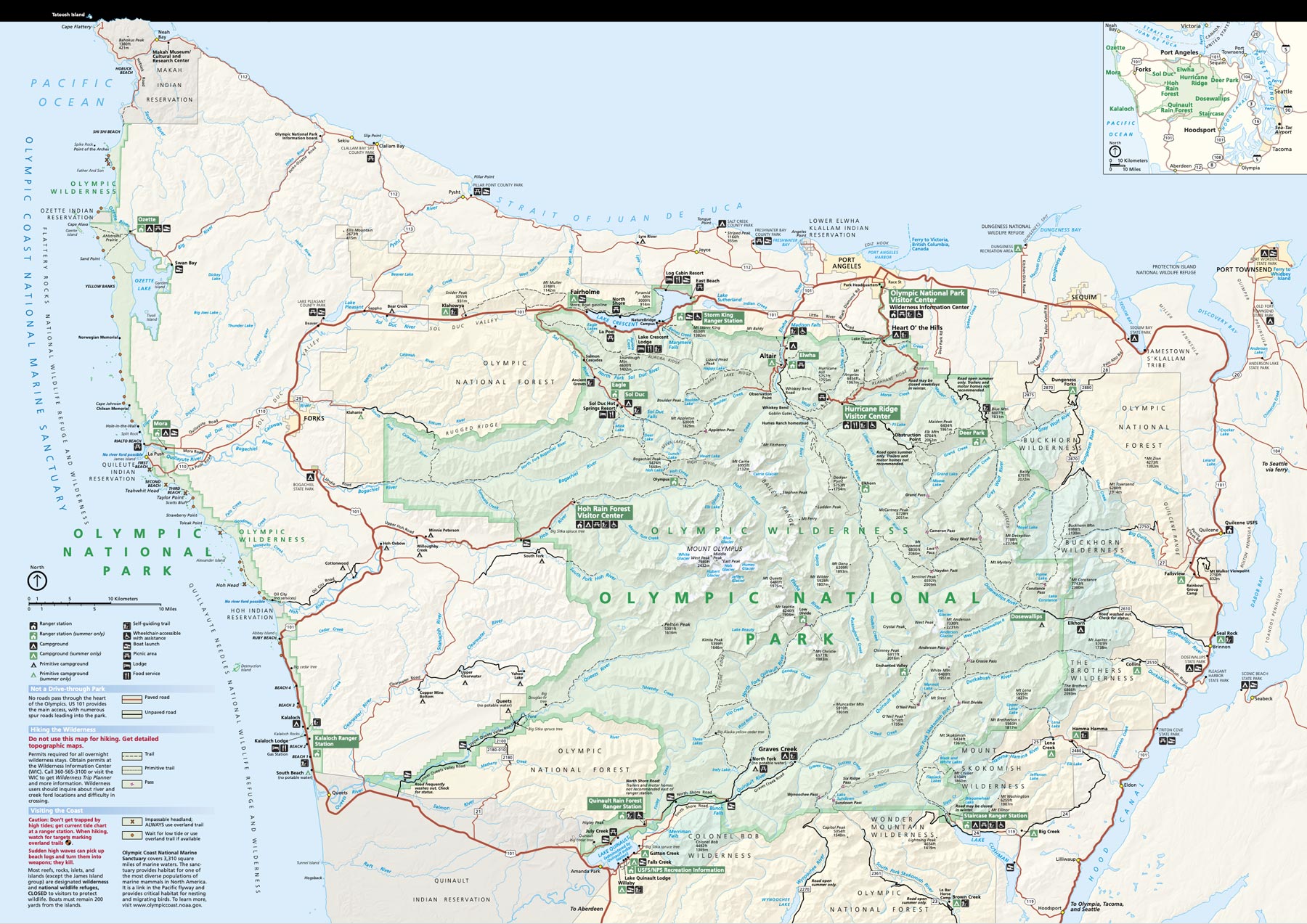
Where is Olympic National Park?
Olympic National Park is located in the northwestern corner of Washington State and based in a city called Port Angeles. The park shares a border with the less visited but also very stunning, Olympic National Forest.
Getting to Olympic National Park – Directions & Location
There are a few popular ways to get to Olympic.
Closest Airport: SEA – Seattle-Tacoma International Airport (distance – 131 miles from the Port Angeles entrance)
The fastest way to get to Olympic National Park is by plane, flying into Seattle’s Sea-Tac airport (unless you live in the Pacific Northwest, like me). Flights into Seattle usually aren’t terribly expensive as it’s a major Delta & international hub.
Alternatively you *could* fly into Portland (PDX) and drive up (4 hours) or fly into Vancouver, British Columbia (YVR) and drive down (5 hours).
Driving From Seattle
If you are driving from Seattle (city center or north of the city), getting to the park can be done one of two ways. Option one is driving through Seattle, Tacoma, and then around the Puget Sound which takes about 3.5 hours.
Olympic National Park Ferry From Seattle
Option two is taking the ferry from Seattle across the Puget Sound to the Olympic Penninsula. This route takes about the same amount of time as the drive around the sound but requires less driving. The ferry costs $15 for a standard vehicle each way.
Watch the Award-Winning Olympic National Park Video
About the Video
MTJP | OLYMPIC is a visually stunning journey through Olympic NP. This video is the culmination of a month spent backpacking through Olympic. We chose Olympic as our first of the More Than Just Parks short films due to its incredible diversity.
It is unlike any park on the planet offering glacial mountain peaks, old-growth rain forests, and over seventy miles of wilderness coast – all within a day’s drive. This production was filmed entirely in UHD 4K.
We decided to shoot this film in Summer months during peak accessibility. During winter the road to Hurricane Ridge closes due to snow accumulation.
Olympic is one of three Washington State National Parks, the other two being North Cascades and Mount Rainier.
Filming locations include: Hurricane Ridge, Obstruction Point, Hoh Rainforest, Quinalt Valley, Queets Valley, La Push, Ruby Beach, Crescent Lake, Staircase, Kalaloch, and more.
RELATED: 14 BREATHTAKING National Park Videos to Inspire Your Next Trip
Olympic National Park Weather
The weather at Olympic can be somewhat unpredictable. I would recommend you always pack a rain jacket here regardless of the forecast. It is especially rainy at the coast, even during the park’s peak summer months.
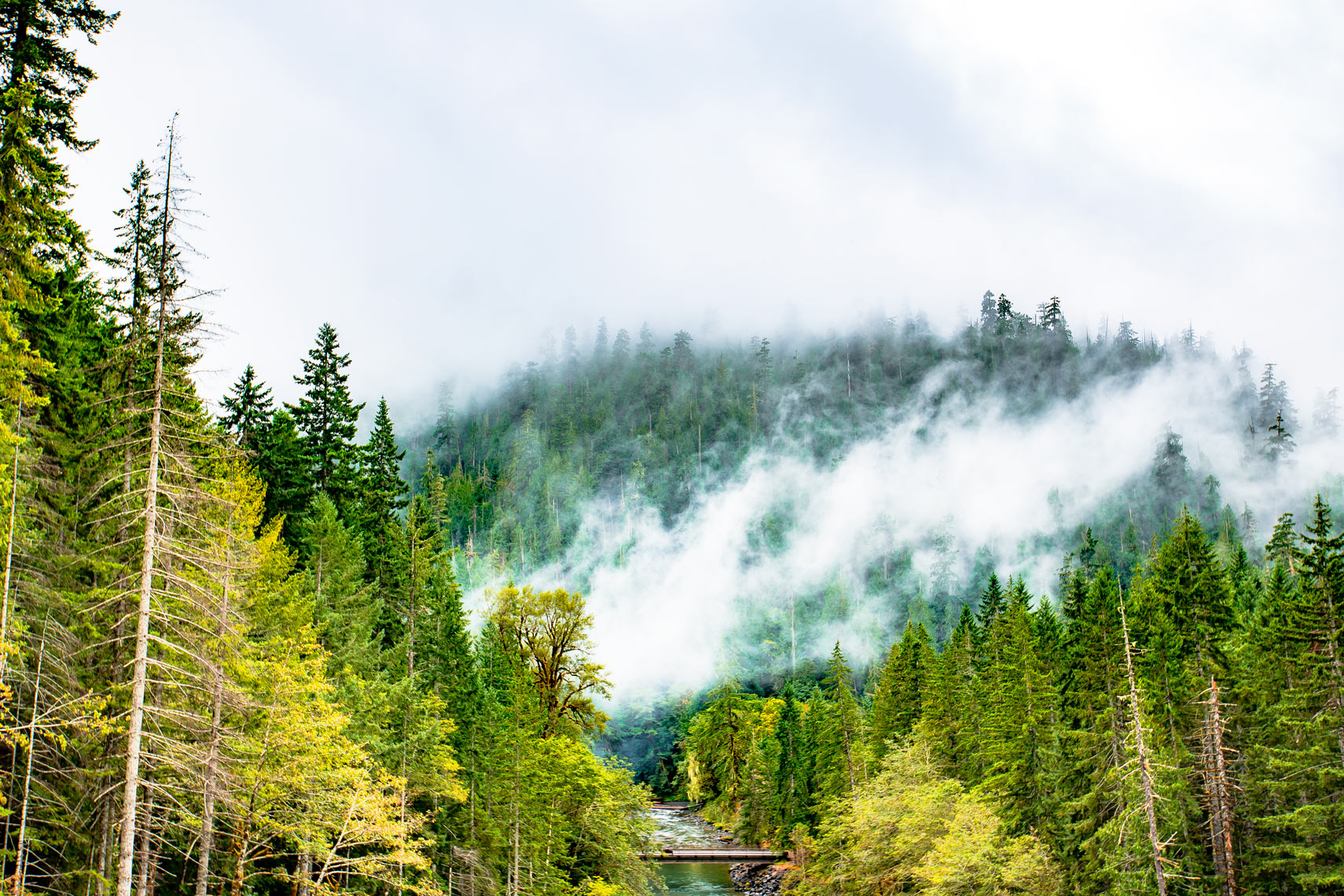
Best Time to Visit Olympic National Park
The best time to visit Olympic National Park is during summer when the entire park is open, trails are clear, and days are long. The downside to visiting Olympic in summer is crowds but there are still plenty of areas in the park where it’s just you and the natural world.
Summer sees wildflowers and marmots emerge from their winter slumbers as well.
I would recommend July & August as the best months to visit the park. One thing to be weary of is wildfire season which seems to grow every year.
RELATED: Best Hikes Olympic National Park
Olympic National Park Seasons
Spring in Olympic National Park
Spring can be a nice time to visit Olympic with lesser crowds. The road to hurricane ridge typically opens at the end of April – mid-May and is a veritable winter wonderland. Temperatures are cool to cold and higher elevation trails don’t melt out fully until the end of June / early July.

Summer in Olympic National Park
Summer is the best time of year to visit Olympic with wildflowers blooming, marmots running around, and full access to the best parts of the park. Warmer temperatures make visiting Olympic in Summer especially nice.
Wildflowers typically come into bloom toward the end of July.
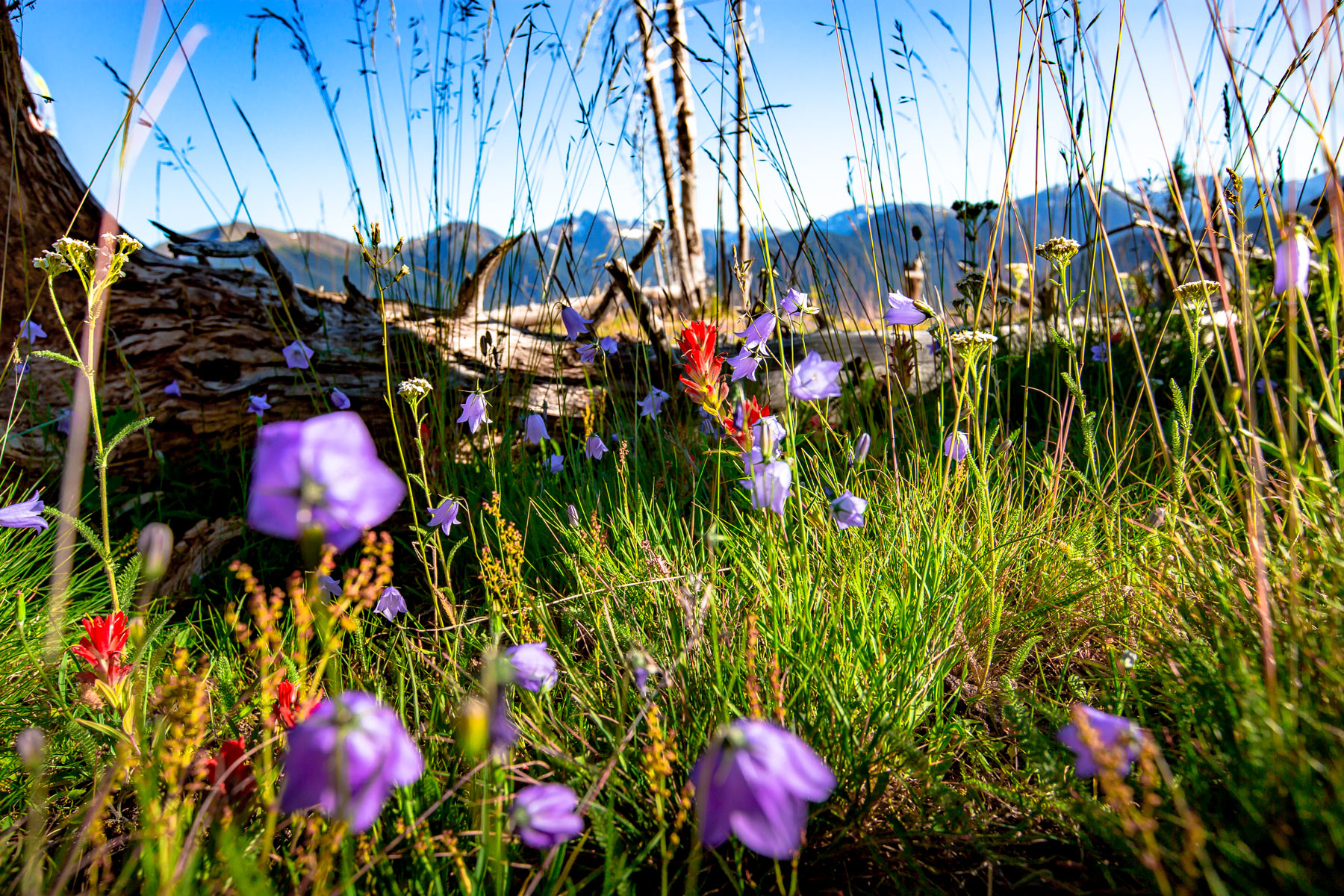
Olympic National Park in the Fall
Fall in the Olympics can be surprisingly nice with beautiful fall foliage in the middle to lower elevations. Fall also brings smaller crowds as kids head back to school and vacation time fades away.
Autumn also brings rain to Olympic National Park, lots of rain. The rain forest in Olympic stays green for a reason.
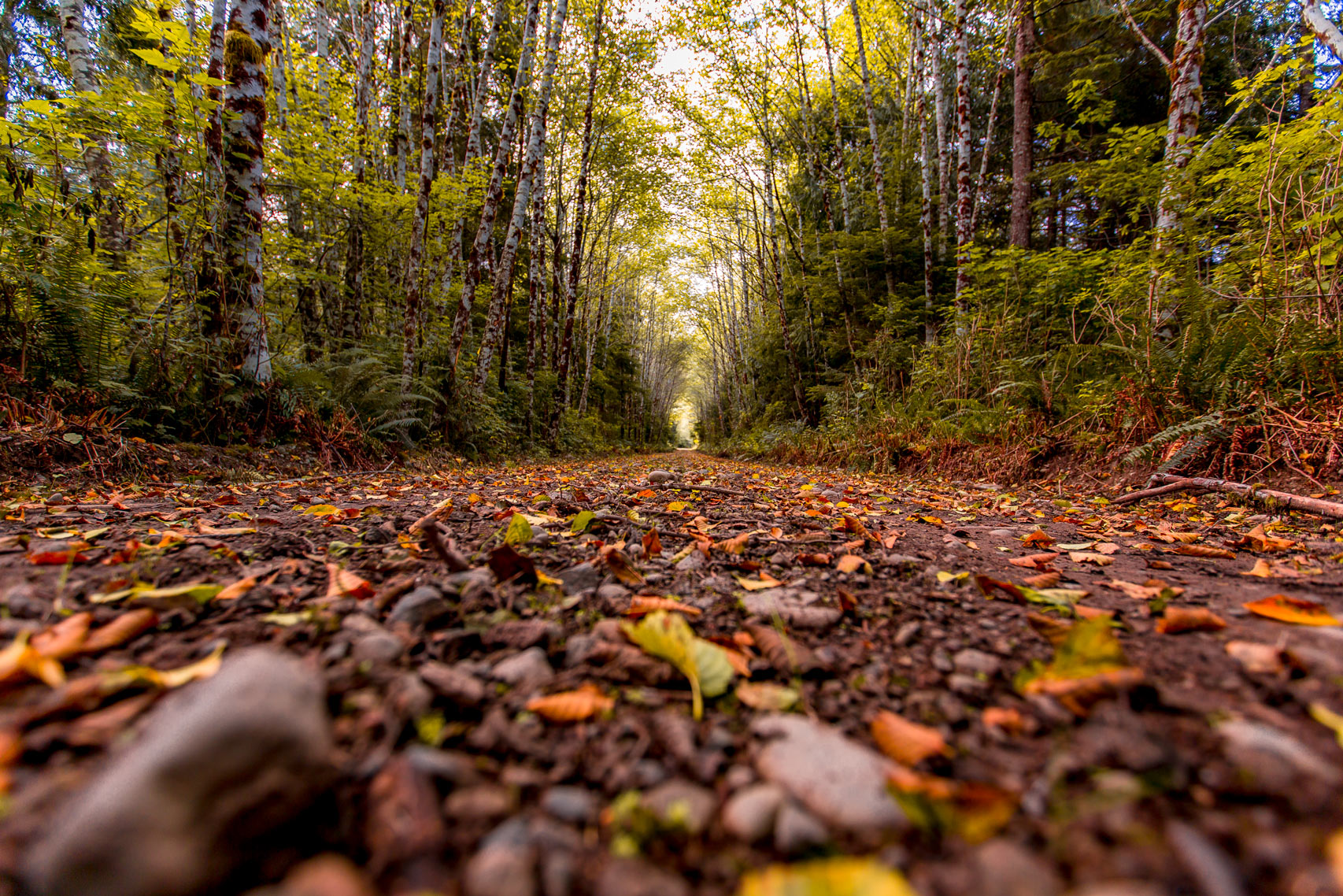
RELATED: 10+ Must See National Parks This Fall (A Stunning Guide)
Winter in Olympic National Park
Winter in Olympic is fairly dreary but some folks enjoy it well enough. The road to Hurricane Ridge closes in the fall and doesn’t open until late spring so access to the Olympic mountains is somewhat non-existent.
Most of the rest of the park is open, however rainy and grey.
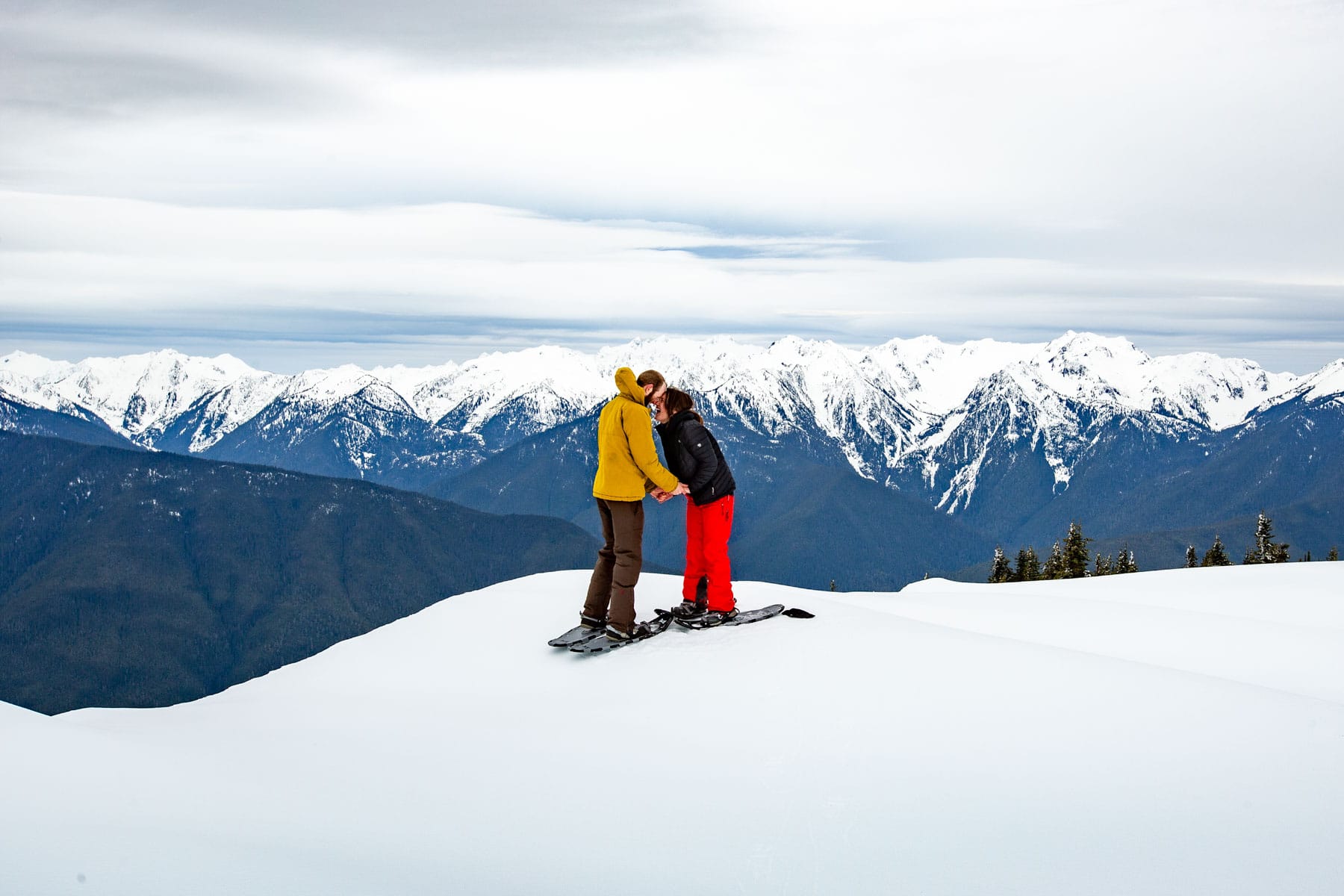
Best Things to Do in Olympic National Park
Planning a trip to Olympic National Park? Check out our full list of the best things to do at Olympic National Park.
1. Hike the Obstruction Point Trail
The Obstruction Point Trail is the most beautiful trail in Olympic. To get to the trailhead drive up the Hurricane Ridge road and then turn left at the top for Obstruction Point.
Length: 14 miles (don’t let that scare you – just hike it for a couple of miles to witness scenes like the one featured in the photo above)
Time: Depends on how far you go
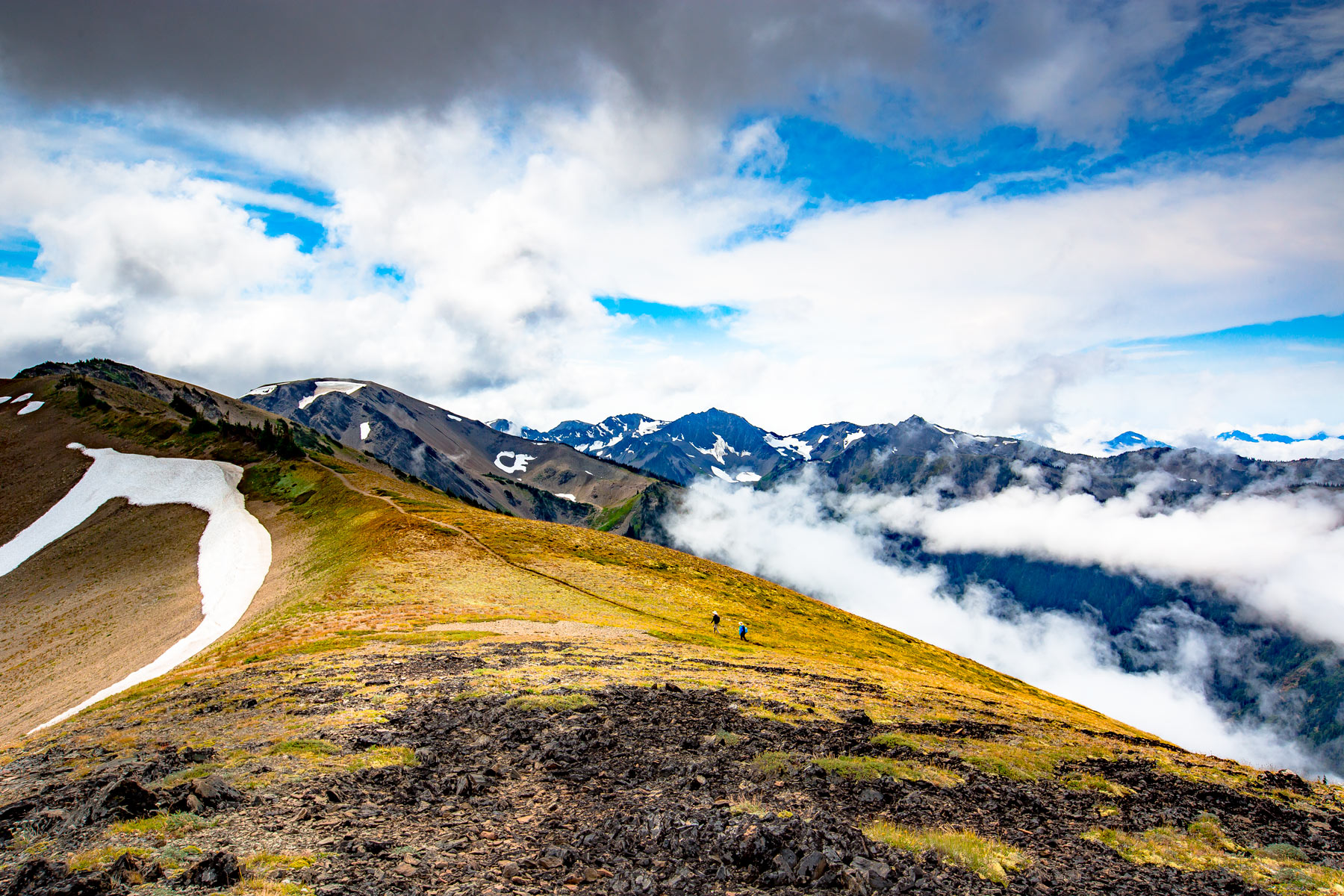
2. Watch the Sunset from Hurricane Ridge
Hurricane Ridge is beautiful any time of day (or night). This location is probably the most popular and iconic in the entire park. Perhaps no time captures it’s magic quite like sunset.

3. Experience the Hoh Rain Forest
The Hoh Rain Forest is the largest temperate rain forest in America. It is also the quietest place in North America.
Moss seems to drip from just about everything in this lush forest. If you’re quiet enough a roaming herd of Roosevelt Elk might sneak up on you (like they have to me many times).
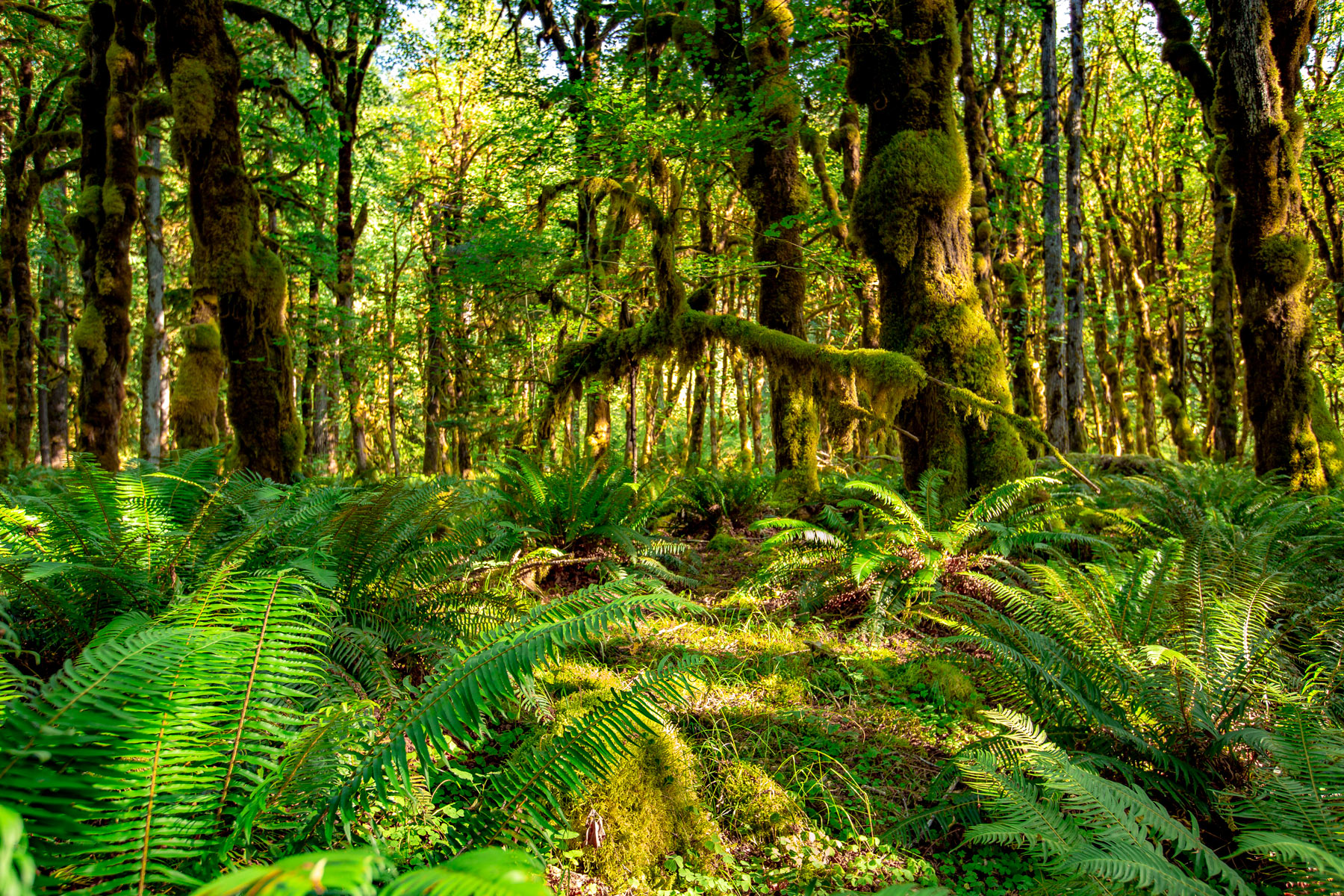
4. Soak in the Starry Night Skies
Olympic is home to some fantastic stargazing (on clear nights). I have witnessed some absolute breathtaking night skies and milky way scenes such as this one from Hurricane Ridge and elsewhere in the park.
The milky way is most visible primarily during the summer months.
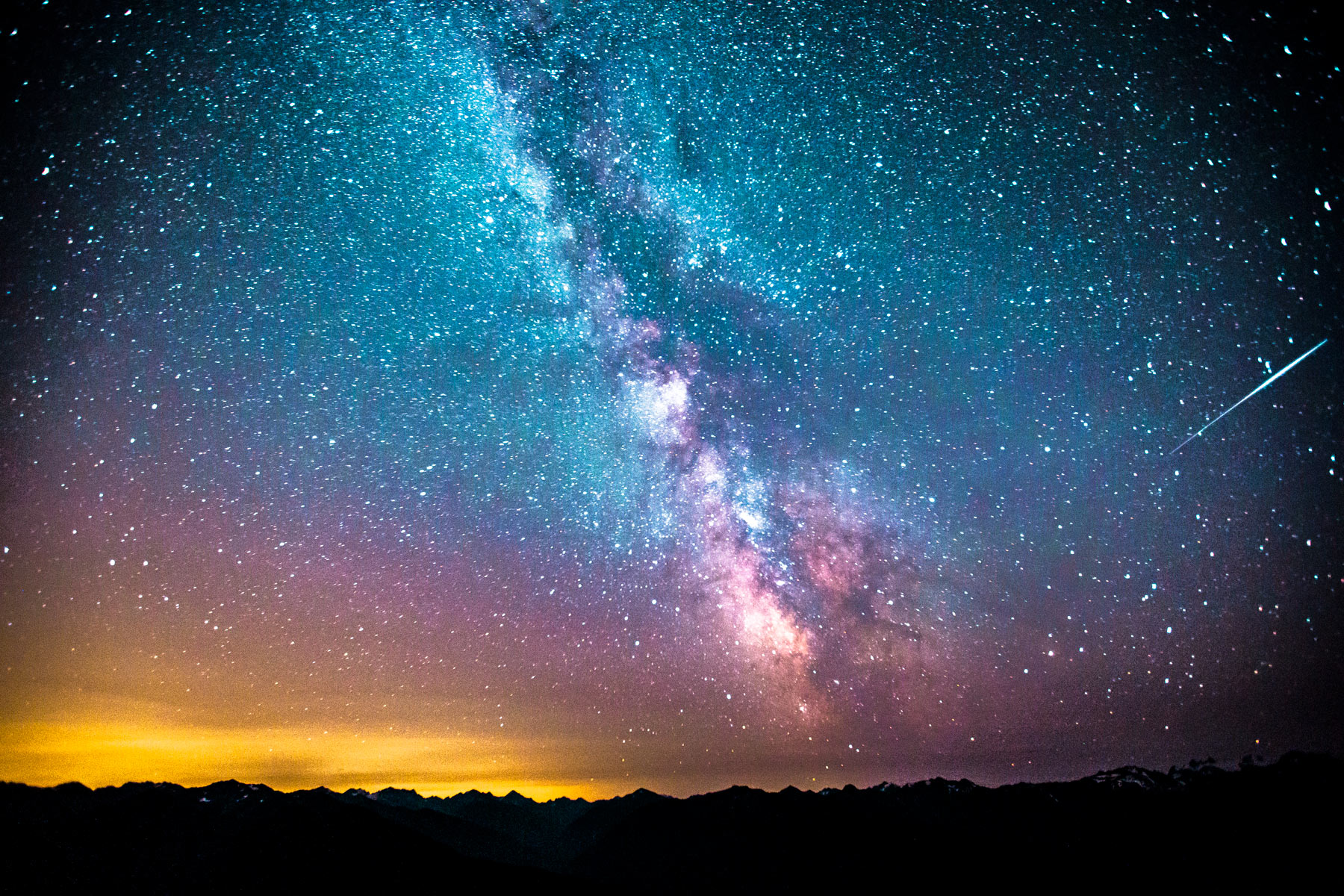
5. Feel the Sand Between Your Toes at Rialto Beach
Rialto Beach is one of the prettiest beaches in the Pacific Northwest and my personal favorite in Olympic. While the park has many, many beaches, this one is perfectly Olympic in my estimation.
Salty bald eagles can be seen keeping watch from the tree-tops. Massive, washed up ancient trees litter the beach. Sitka spruces hold a fog layer in the trees during the morning that creates magical rays of sunlight as it burns away.
Other stunning beaches at Olympic include:
- Kalaloch Beach
- Ruby Beach
- First Beach
- Second Beach
- Third Beach (these are the actual names of the beaches)
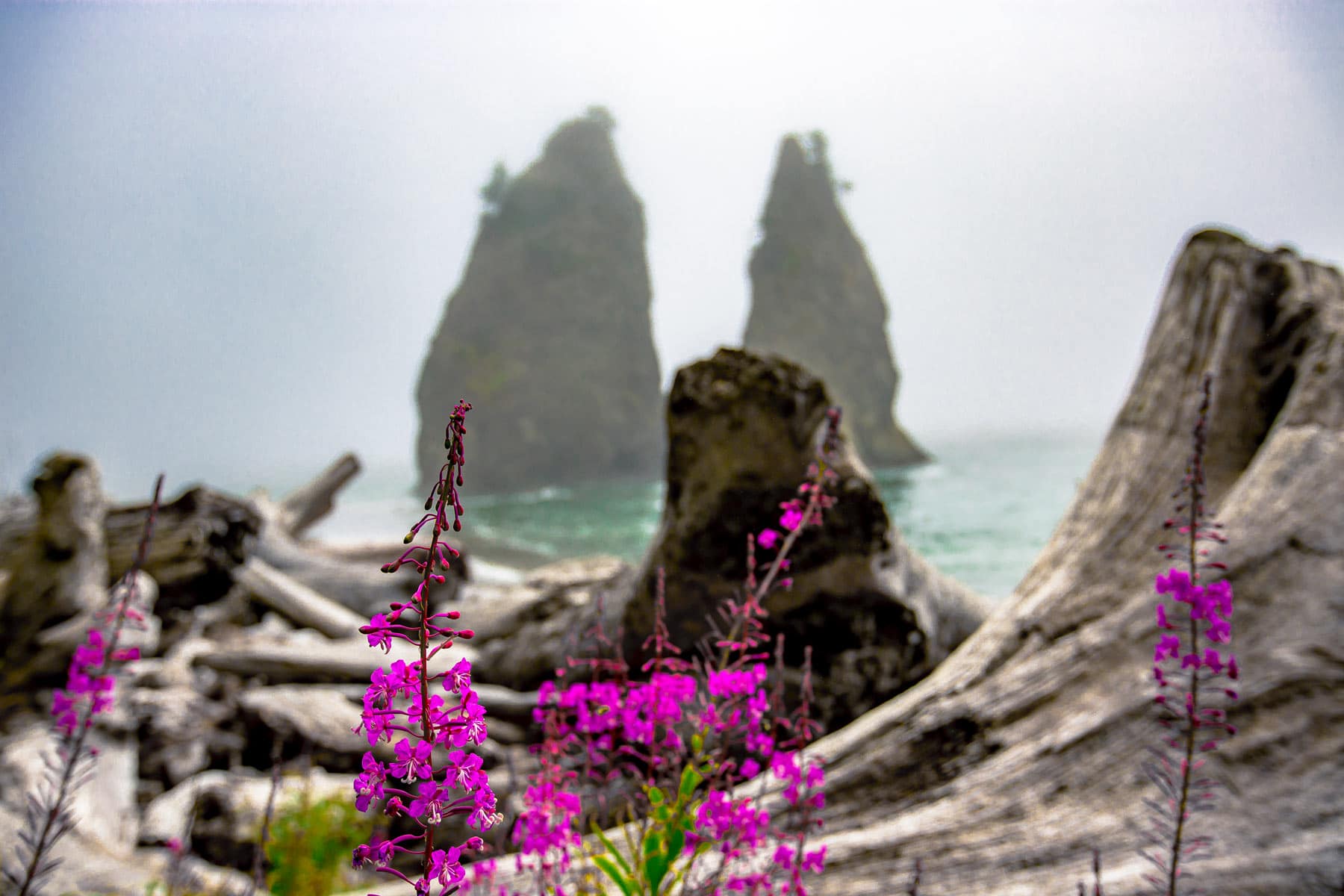
6. Summit Blue Mountain and Look Out at Canada
Not every day that you can bag a summit with such ease. Blue Mountain is an easy hike from Deer Park in Olympic National Park and features some of the best views in the park. On a clear day you can see clear across the Strait of Juan de Fuca to British Columbia.
Length: .5 miles round trip
Time: 30 – 45 minutes
NOTE: Getting to the trailhead requires a long drive up a gravel road from Port Angeles. Be sure to drive slow as there are no guard rails on the drive. Once at the top drive past the campground and up to the trailhead parking lot.
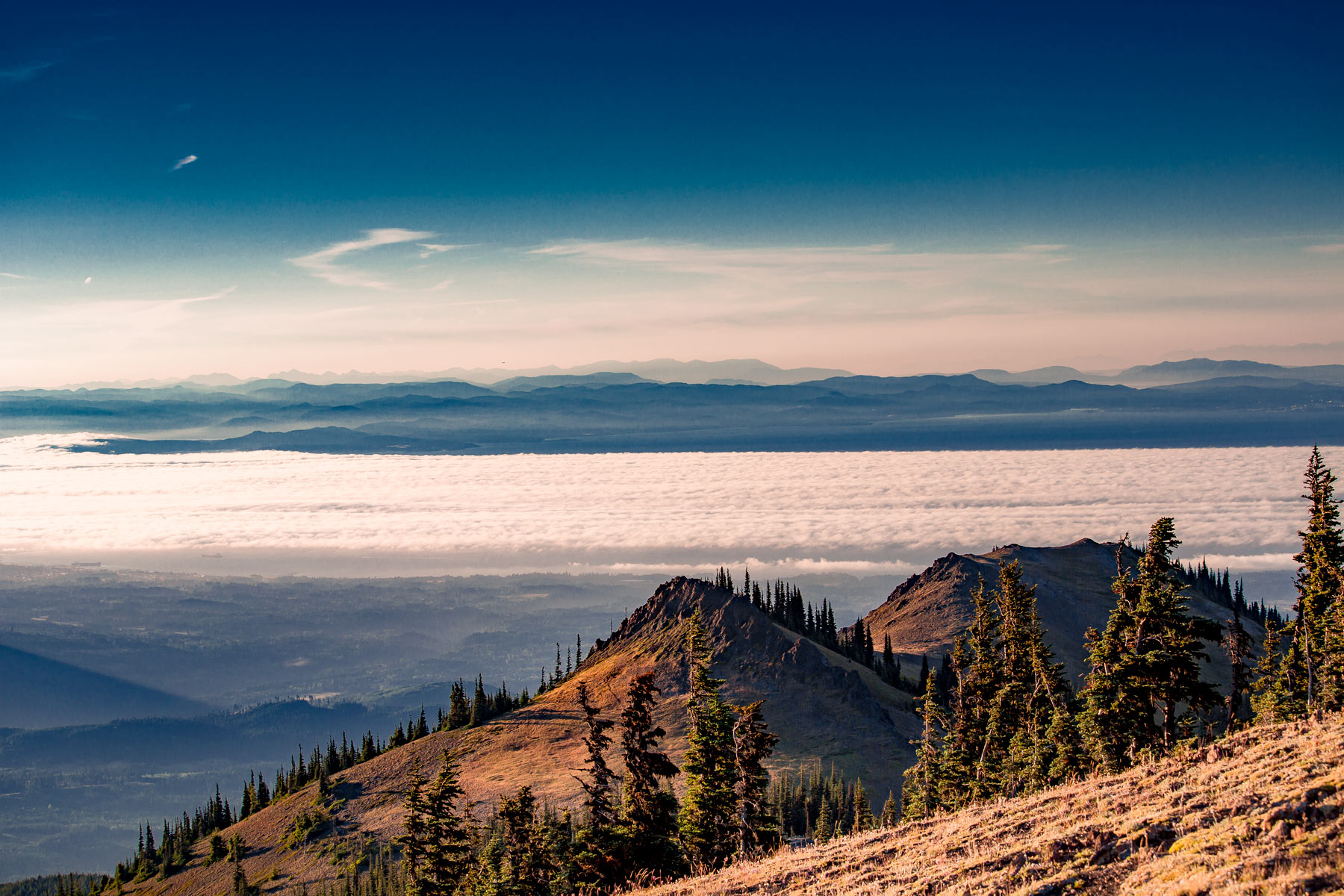
7. Camp Out Next to the Queets River
To this day, Queets is one of my favorite campgrounds in the entire national park system. It’s location right off of the Queets River (some of the sites are on the river itself) and lush forest make for a dreamy camp site.
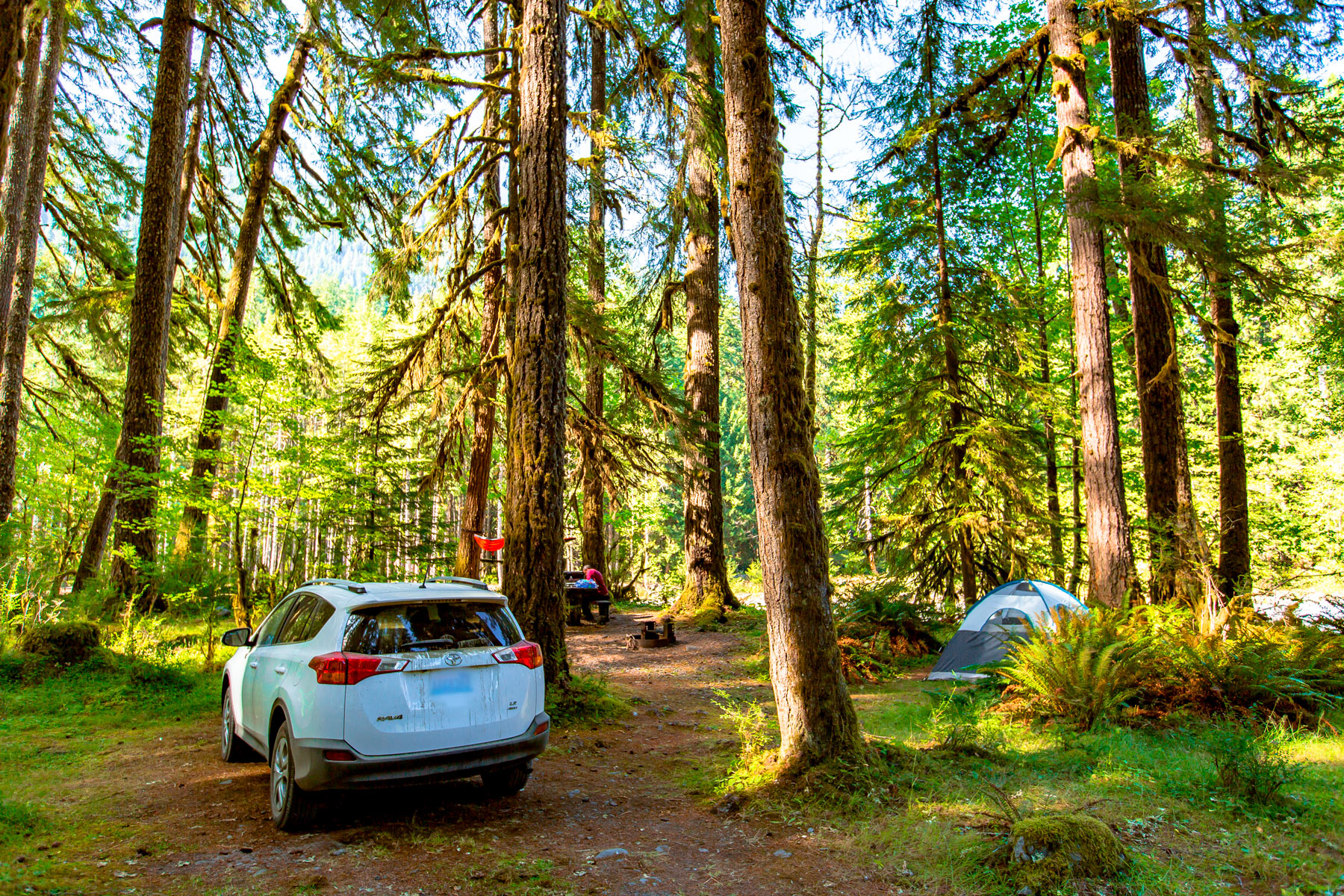
8. Check Out Sol Duc Falls
Sol Duc is another heavily visited area that features a different looking forest and a beautiful waterfall area. The trail to Sol Duc is lovely and very popular. This wasn’t my favorite area to visit in the park but plenty of folks seem to enjoy it!
There is also a hot springs (pool) at Sol Duc along with a resort, RV Park, & campground.
Length: 3.2 miles round trip
Time: 2-3 hours
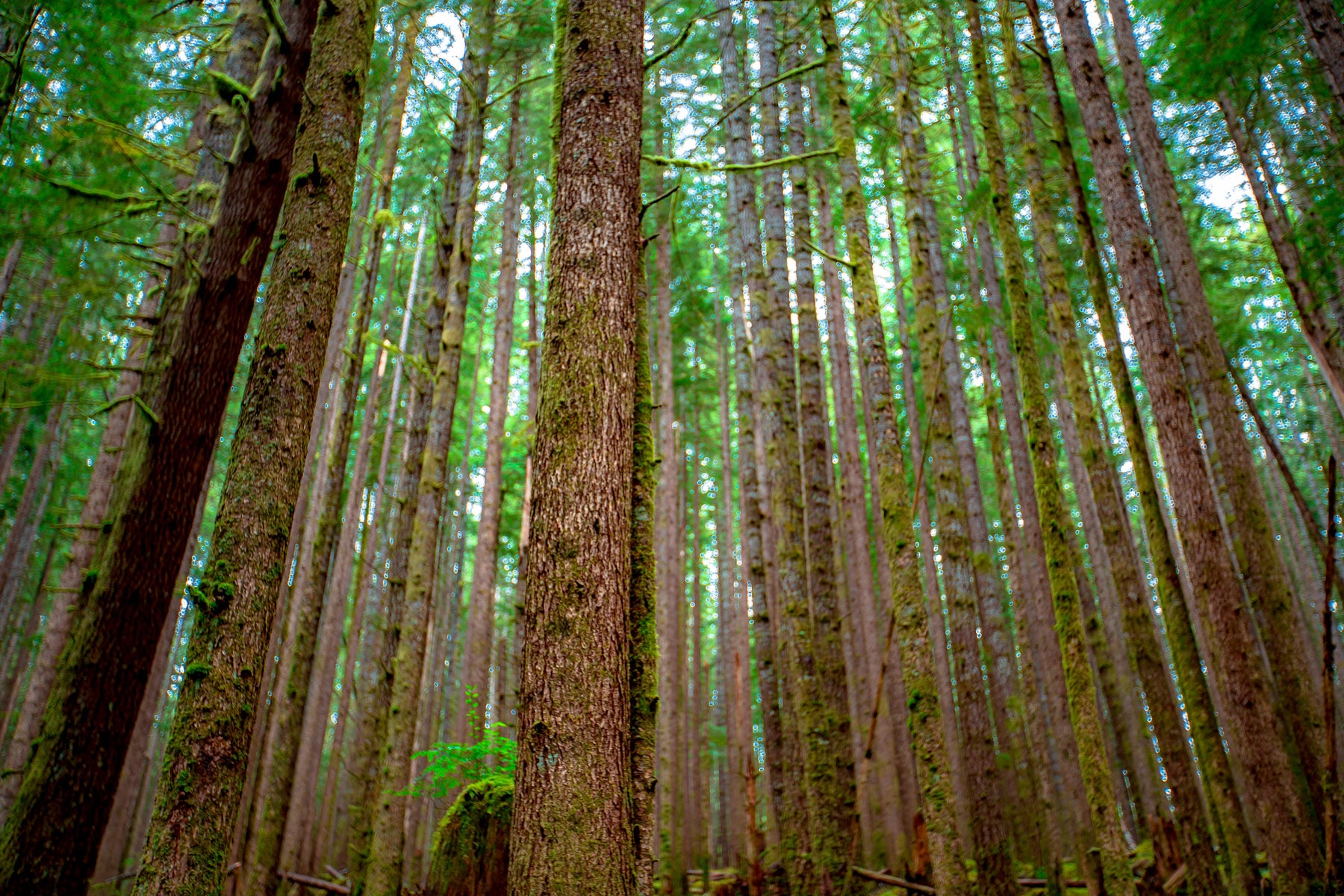
Where to Stay
Olympic has some of the most beautiful campgrounds in the world with a wide array of camping settings. In Olympic you can camp lakeside, high up in the mountains, on the beach, next to a river, next to a hot springs, in a rain forest, and more.
There are 15 campgrounds with 841 total camp sites in Olympic National Park offering tent, RV, walk-in, and back country camping.
For more details on camping at Olympic visit the NPS Olympic camping page.
List of Olympic National Park Campgrounds
- Deer Park Campground
- Dosewalips Campground
- Fairholme Campground
- Graves Creek Campground
- Heart O’ the Hills Campground
- Hoh Campground
- Kalaloch Campground
- Log Cabin Resort RV & Campground
- Mora Campground
- North Fork Campground
- Ozette Campground
- Queets Campground
- Sol Duc Hot Springs RV Park & Campground
- South Beach Campground
- Staircase Campground
Hotels & Lodges
There are 5 lodges within Olympic National Park (technically Quinalt isn’t but it’s close enough in my book). Of these lodges, all are located at lower elevations with two being lakeside and one being riverside.
During the off-season you might be able to catch a deal at one of these sites but all in all they are fairly expensive options.
Short on time? Here’s our favorite hotel in Olympic National Park.
Other Lodging Options
For more lodging options at Olympic check out the towns of Port Angeles & Forks.
Photos of Olympic National Park
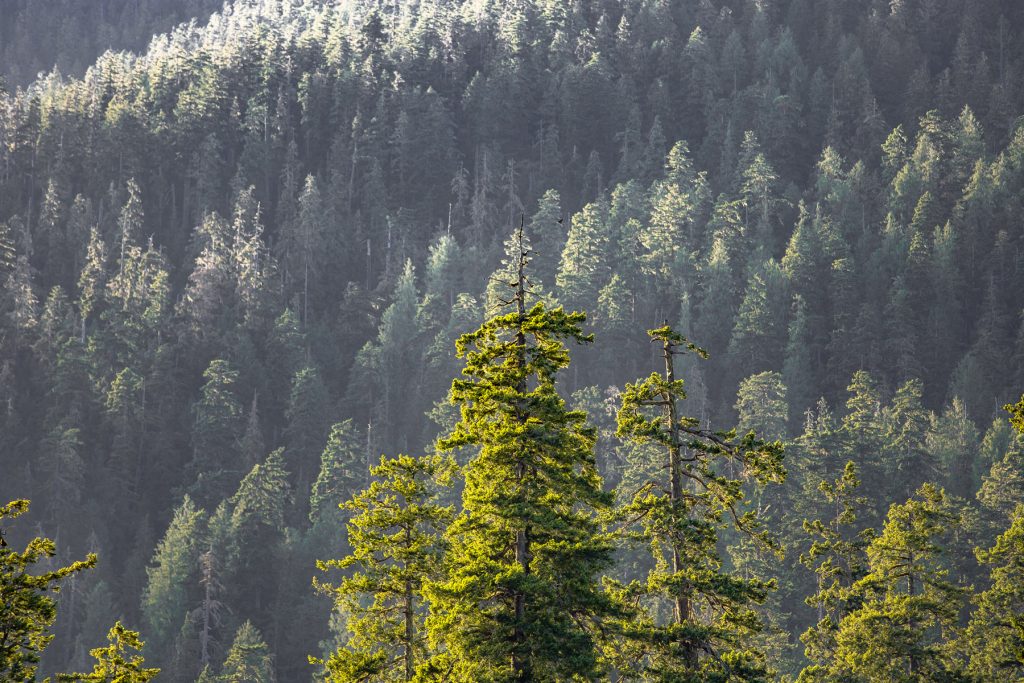

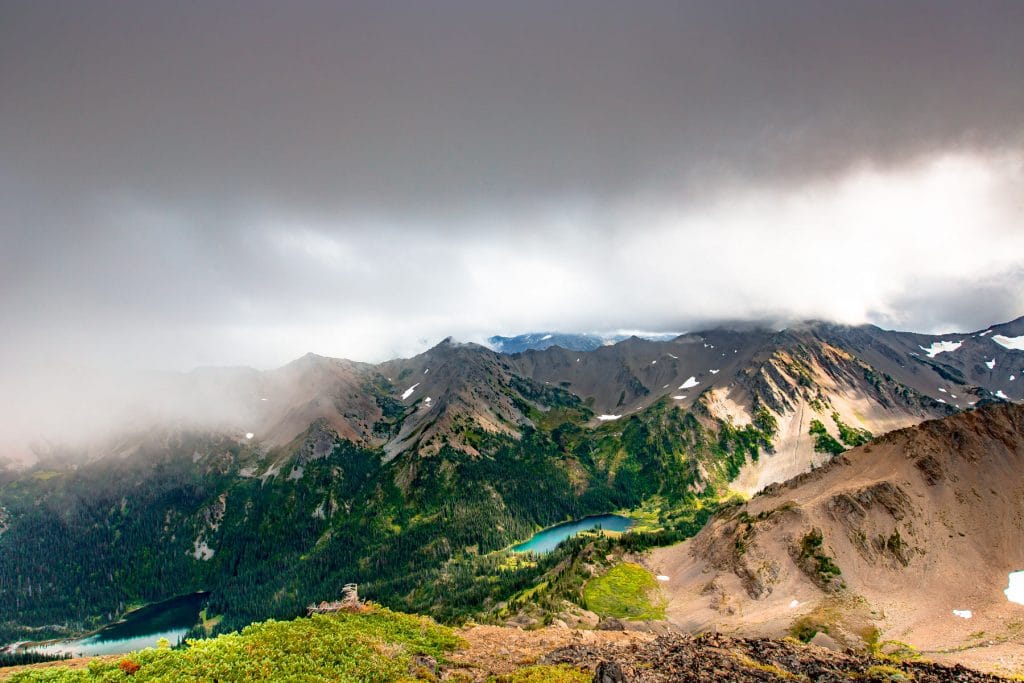
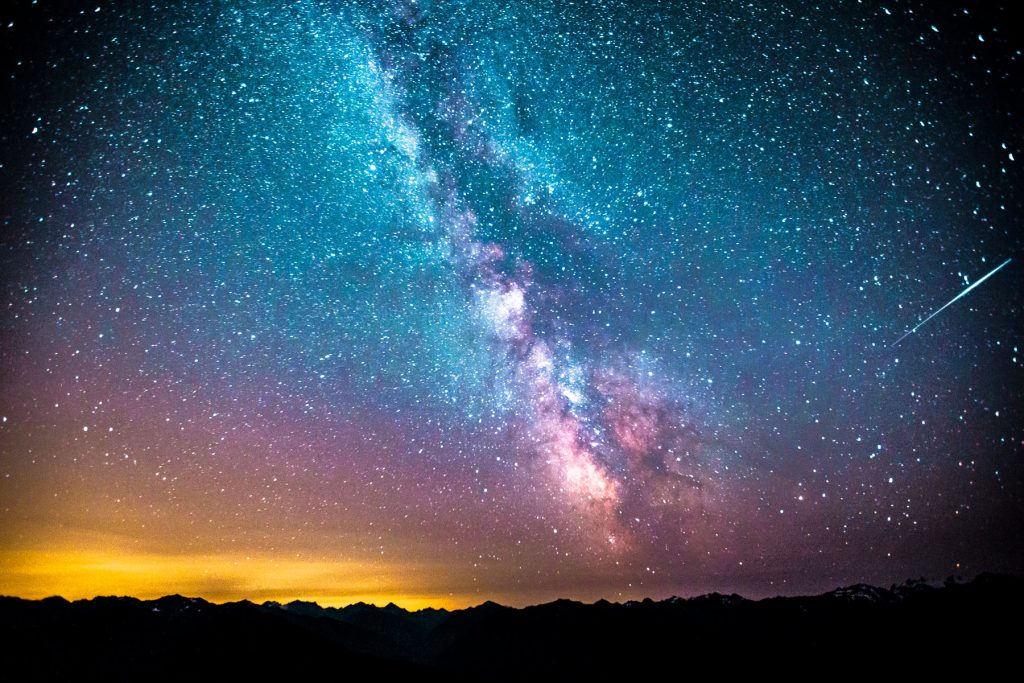
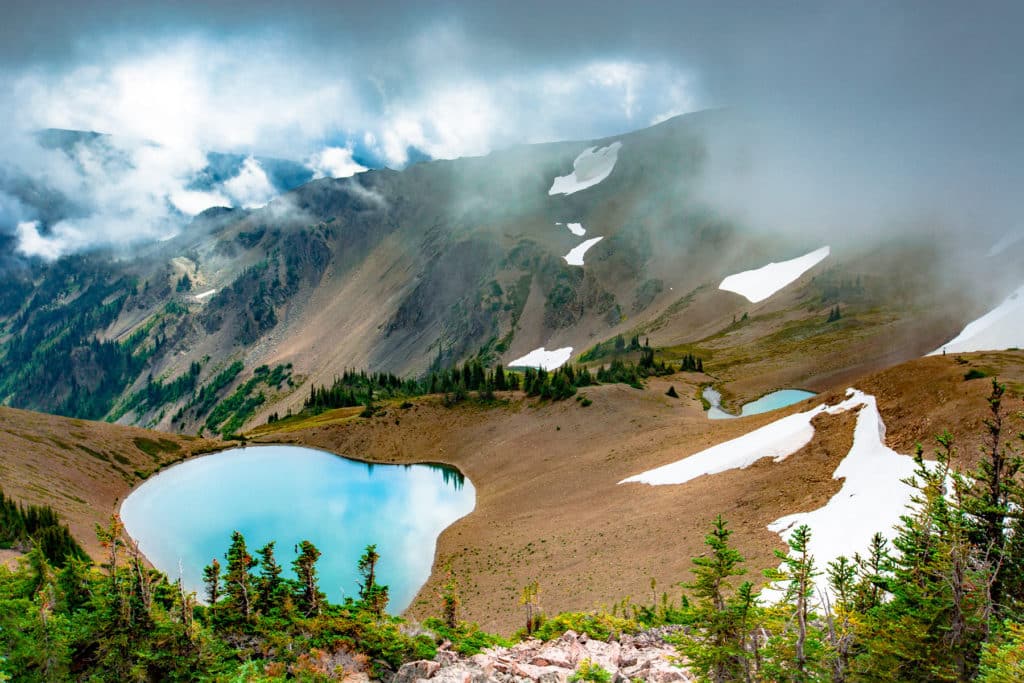
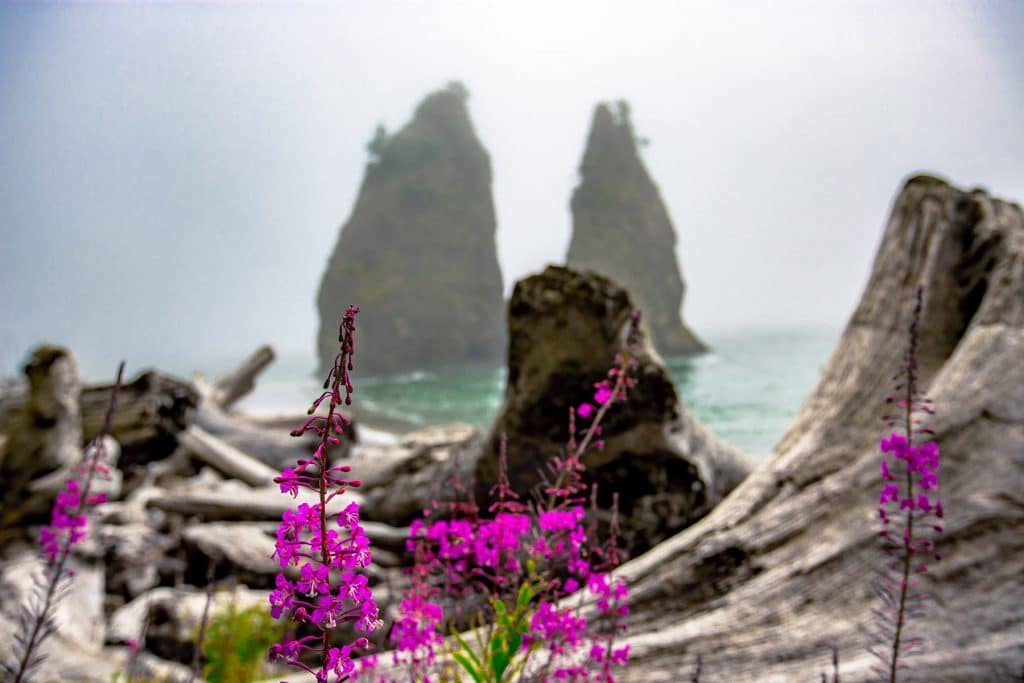
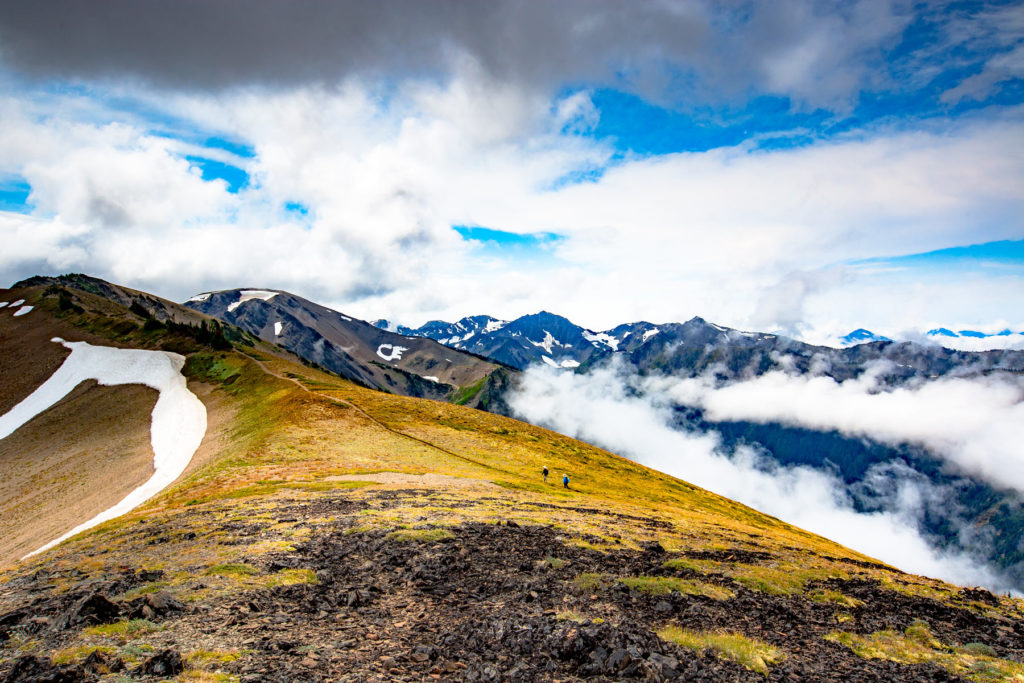
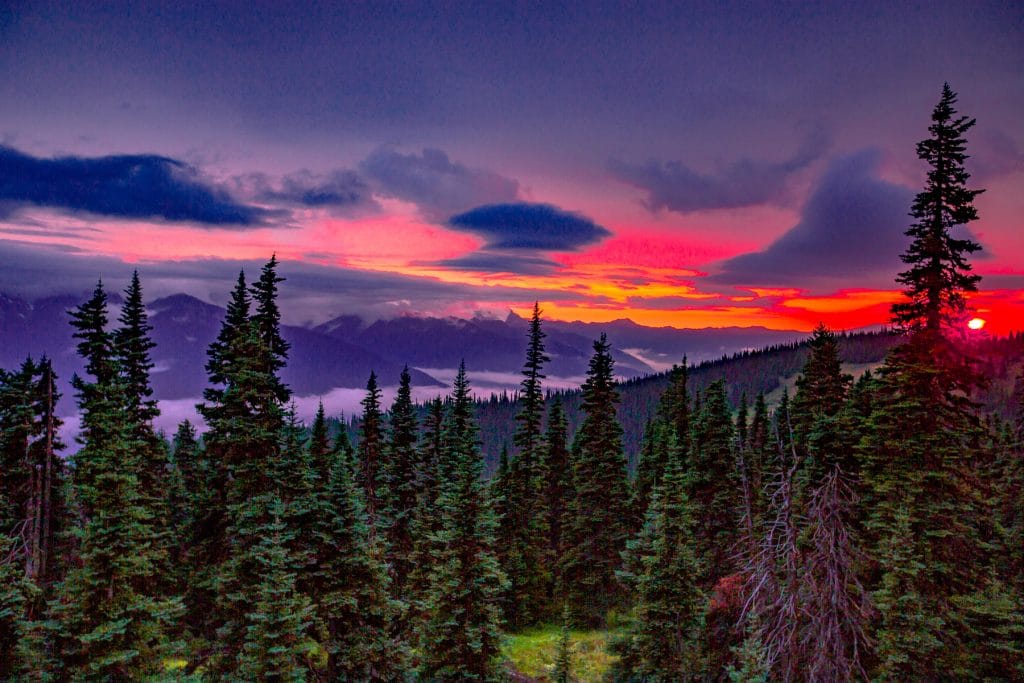
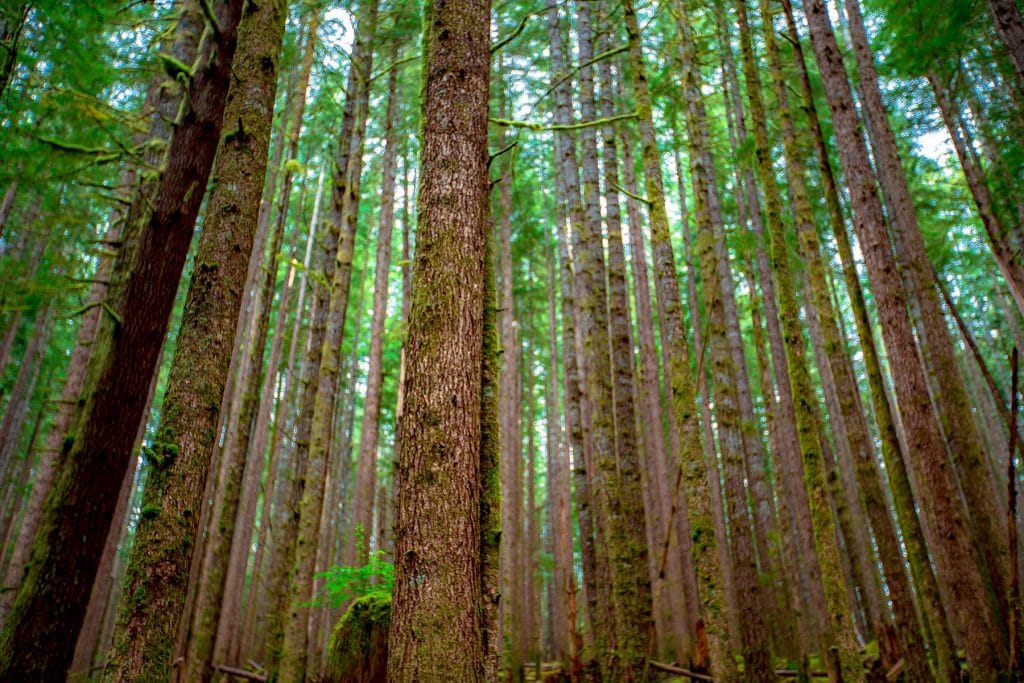
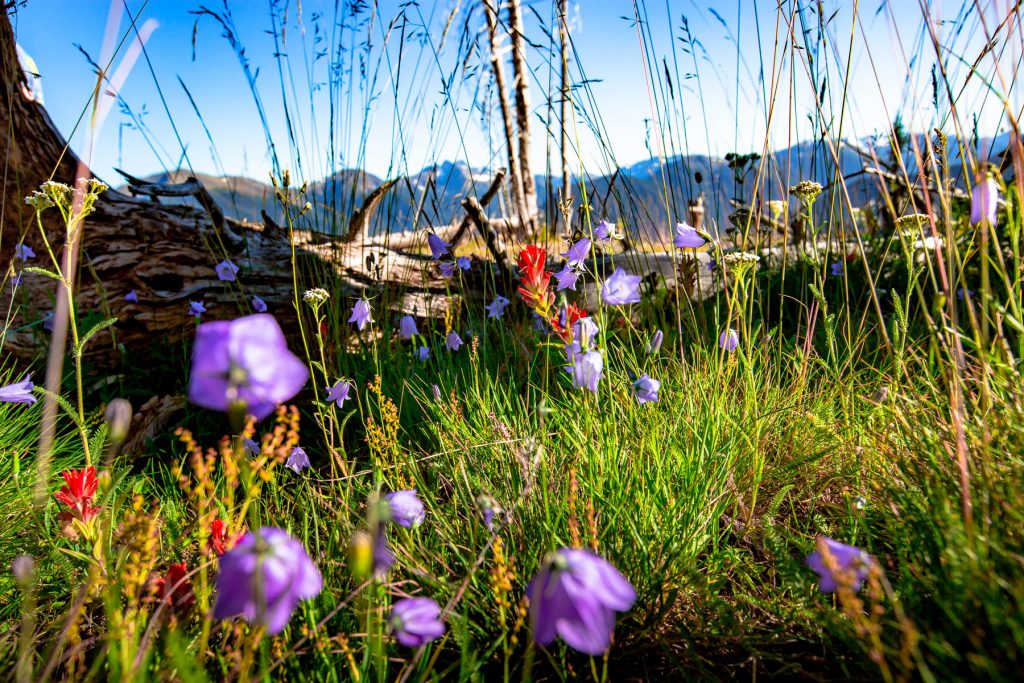
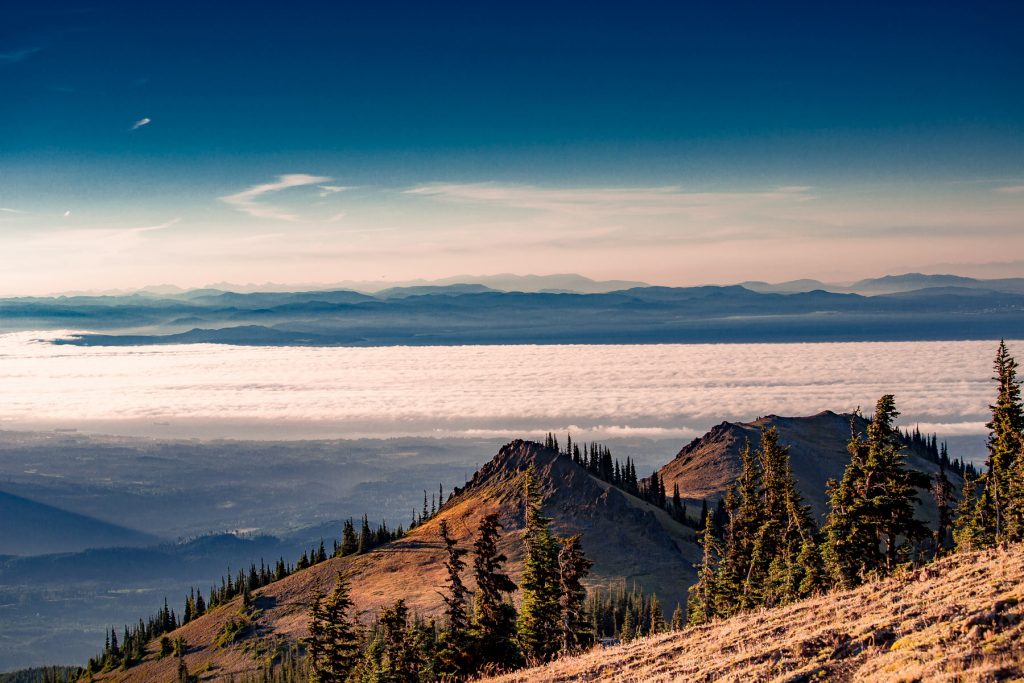
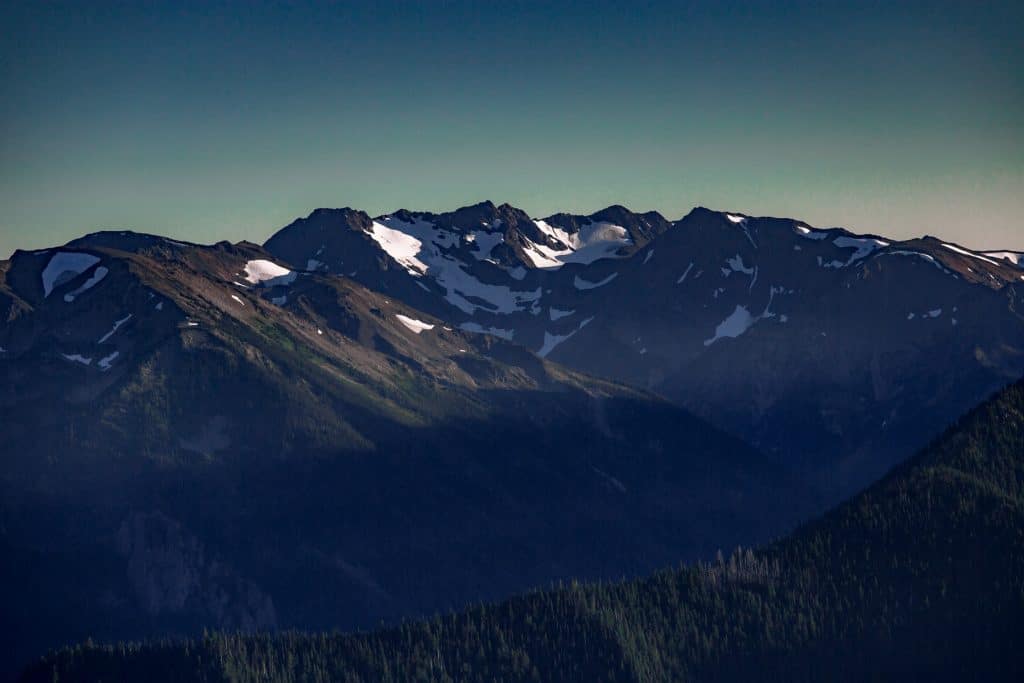
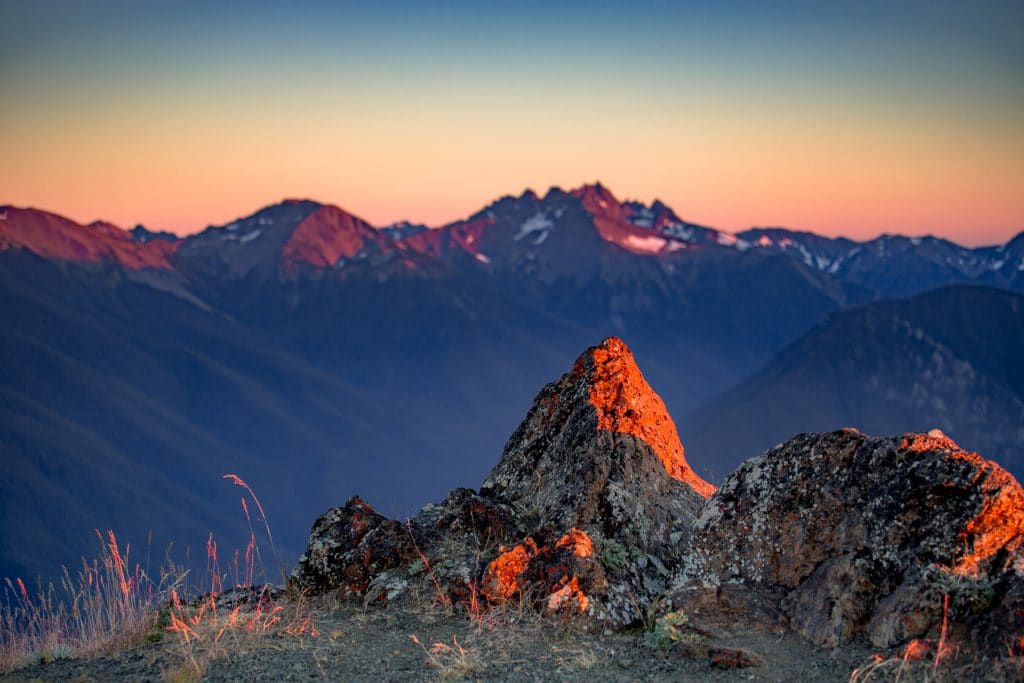
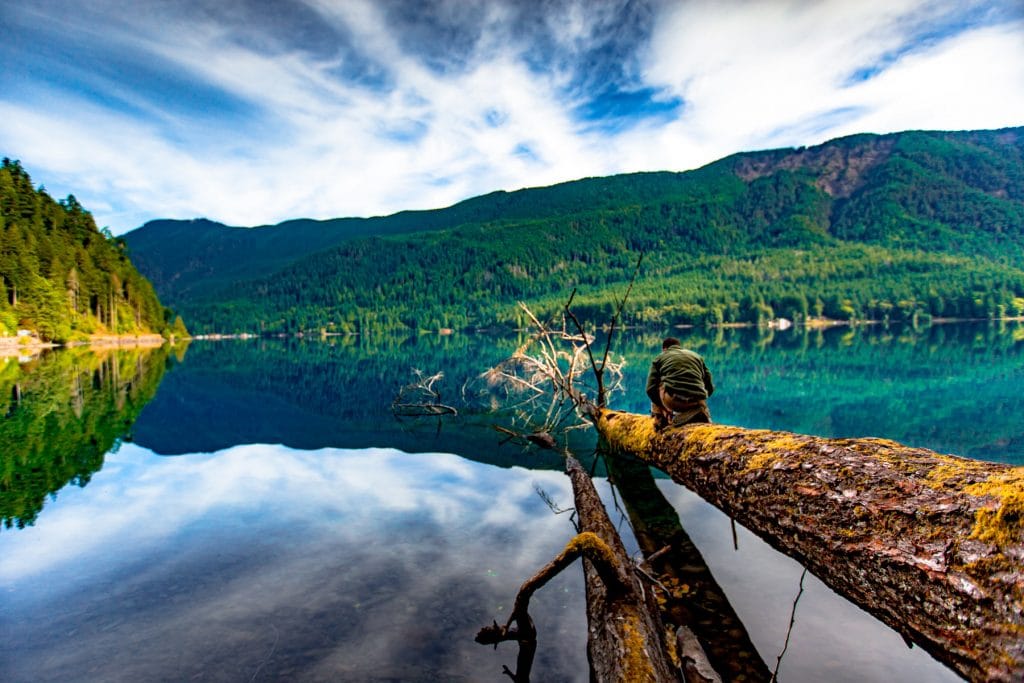
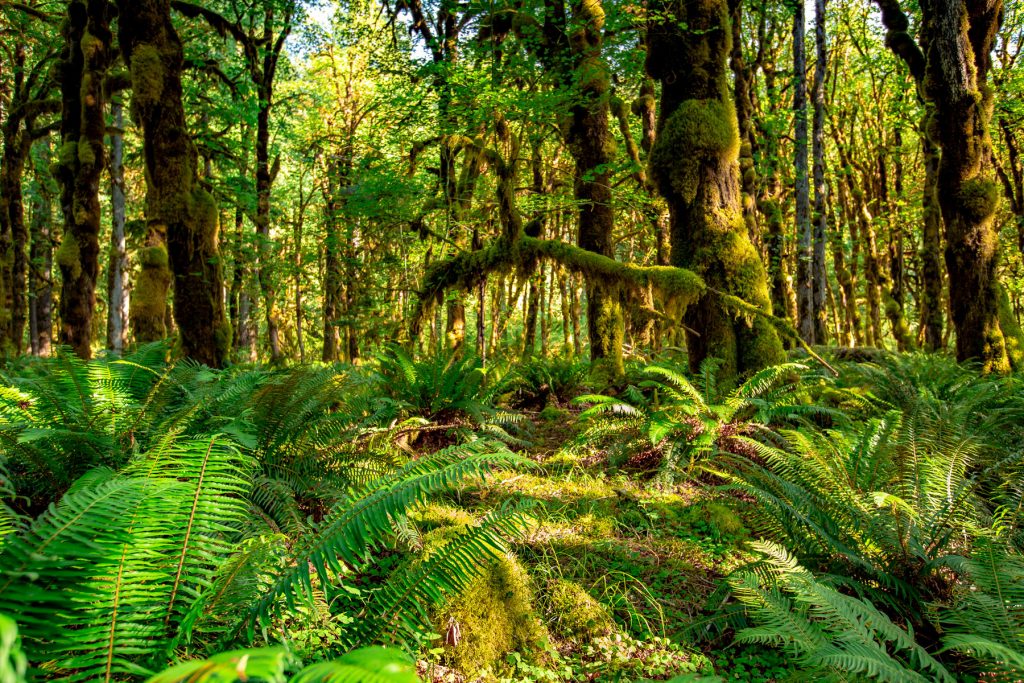

Nearby Attractions
- Olympic National Forest – Beautiful national forest that borders Olympic with none of the visitors.
- Mount Rainier National Park – One of my favorite places in the world featuring the most heavily glaciated peak in America.
- North Cascades National Park – Get away from the crowds and into the American Alps at this mountainous wonderland.
Summary | Leave us a Comment!
That’s a wrap folks! Hopefully you feel like you’ve got a good handle on your next trip to Olympic National Park. Please leave me a comment below and let me know if you have any questions or comments.
Hope to see you on the trails sometime soon!
About the Folks Behind More Than Just Parks
I’m Will Pattiz, and along with my brother Jim, we’re collectively known as the Pattiz Brothers (and sometimes the Parks Brothers) and we absolutely LOVE the national parks.
Our goal here at More Than Just Parks is to share the beauty of America’s national parks and public lands through stunning short films in an effort to get Americans and the world to see the true value in land conservation.
Helpful Related Posts
Things to Do Olympic National Park: 20 Best Things to Do at Olympic National Park
Best Hikes at Do Mount Rainier: 20 Best Hikes at Mount Rainier National Park
Mount Storm King Hike: Hiking Mount Storm King (Honest Guide)
Visiting Paradise Mount Rainier: 15 Reasons Paradise Mt Rainier is the Most Beautiful Place in America
Mount Rainier Facts: 15+ AMAZING Mount Rainier Facts (Interesting Trivia + Quick Facts)
Washington National Parks: Washington’s National Parks Ranked Best in the World
Olympic NP Guide: Comprehensive Guide to Olympic National Park
Best Hikes Olympic NP: 9 Epic Olympic National Park Hikes
National Parks Rankings: ALL 63 US National Parks Ranked By Experts
Most Visited National Parks: Top 10 Most Visited National Parks
Least Visited National Parks: Top 10 Least Visited National Parks
National Monuments Ranked: ALL 128 US National Monuments Ranked (Best to Worst)
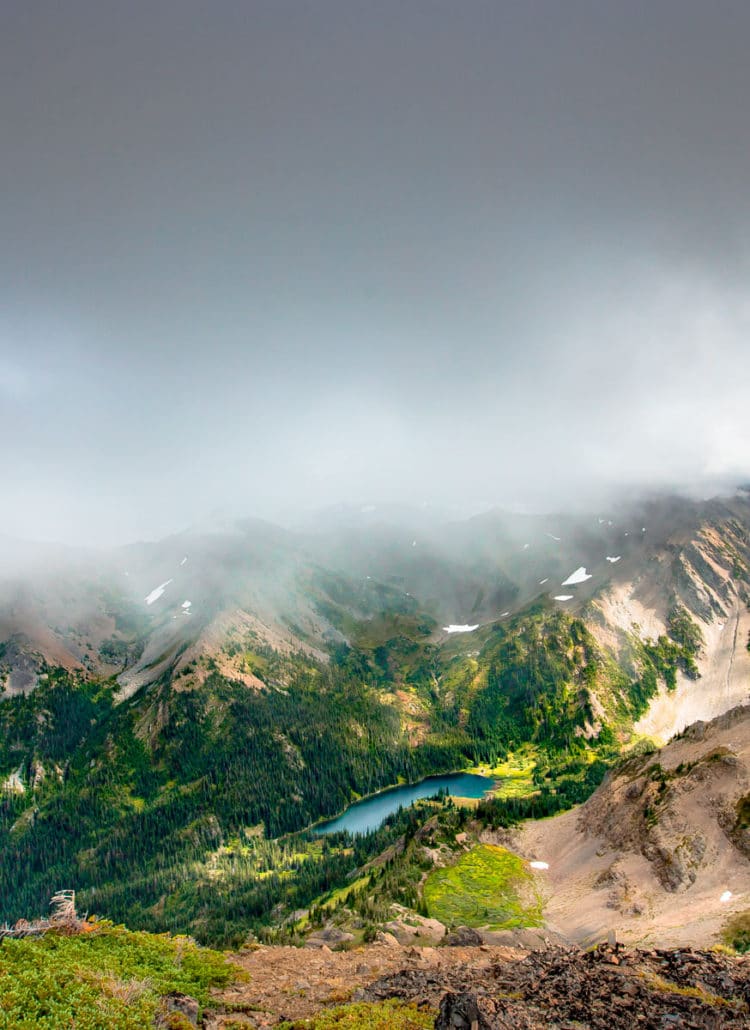
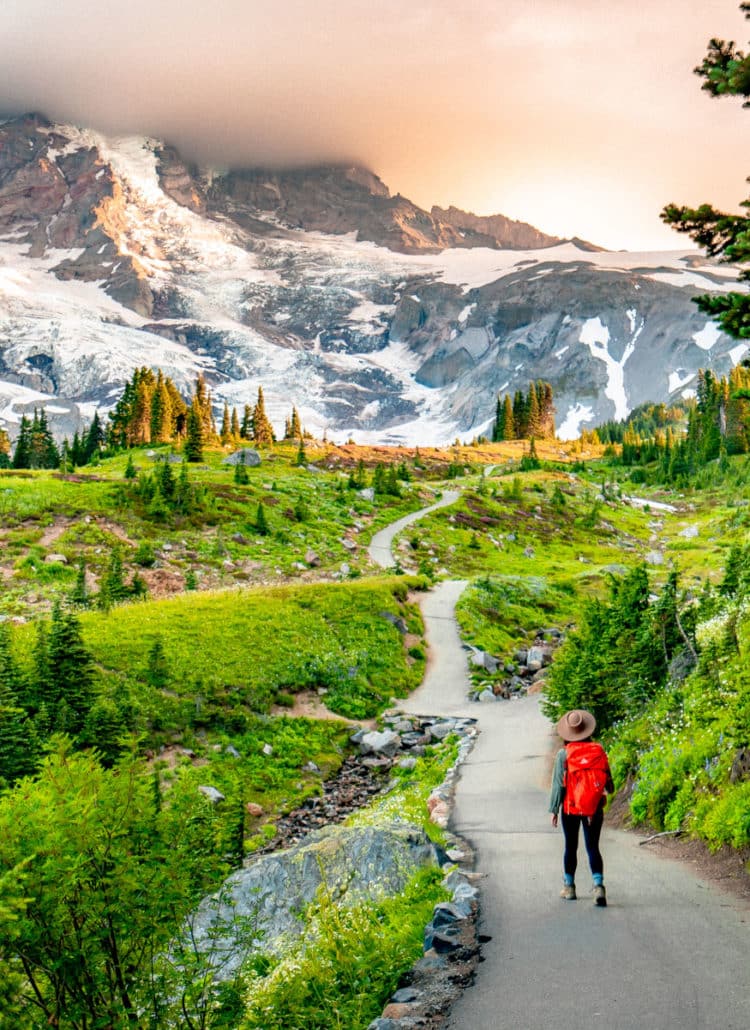
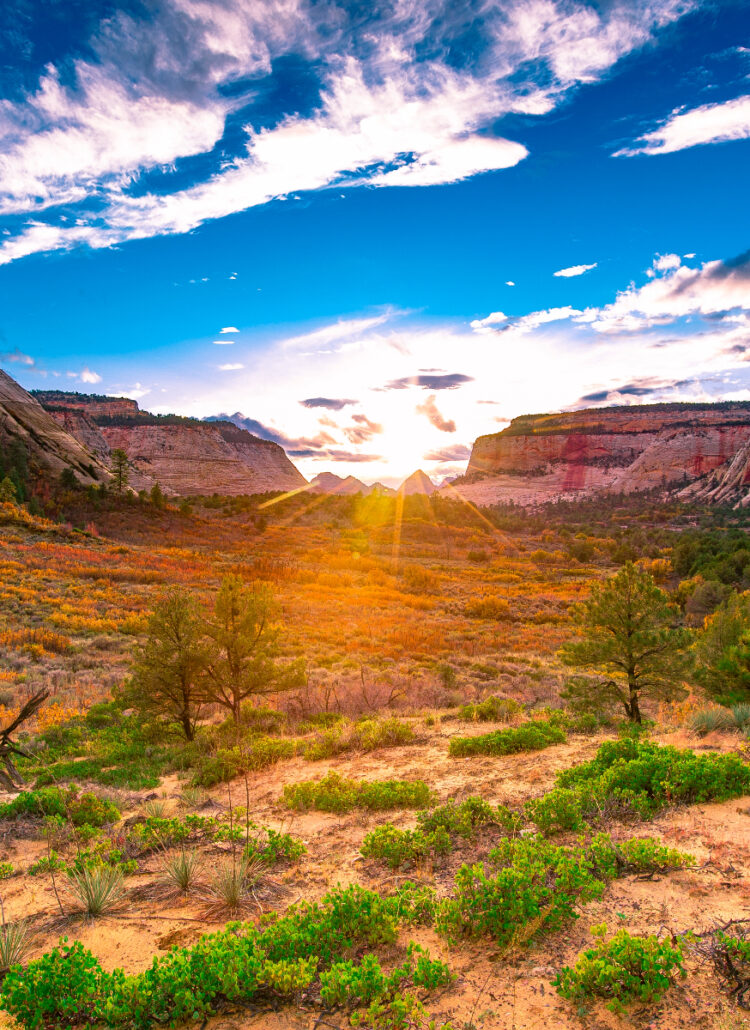
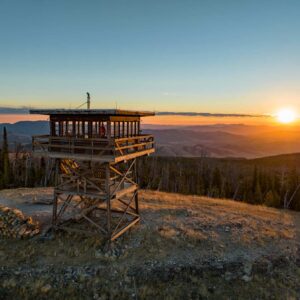

I really liked your website and reviews. I looked at a number of websites regarding the National Parks and they all seemed to have different rankings but without alot of reasons for their rankings. Your rankings made sense to me and showed why you ranked the parks like you did. Thanks so much for doing this. I really appreciate your efforts and work.
Thanks so much Michael! Really appreciate it. We’ve certainly spent our fair share of time in the parks and glad to be able to put our collective knowledge + experience to work 🙂
Best,
Will